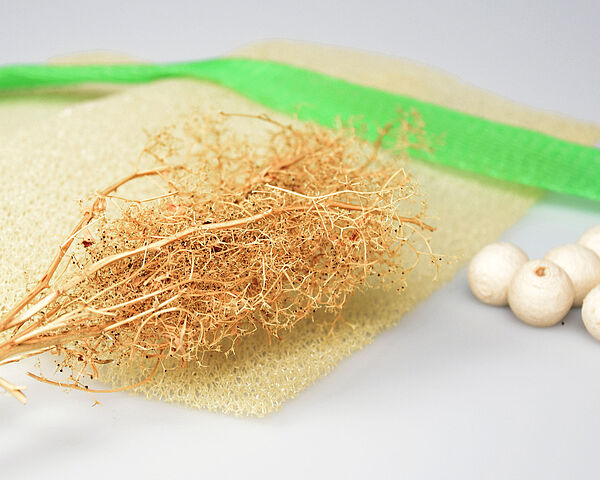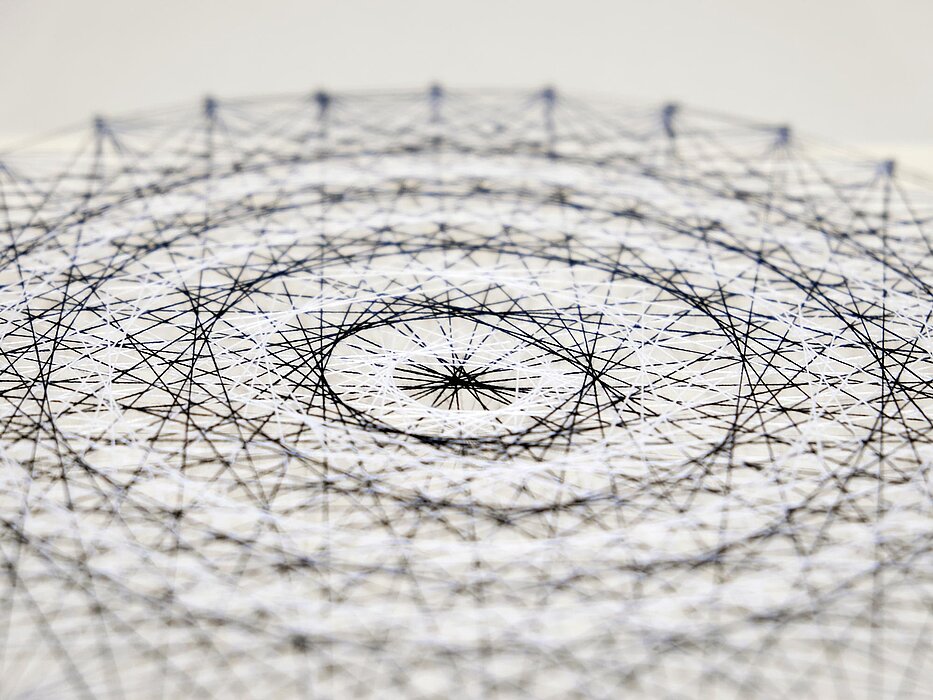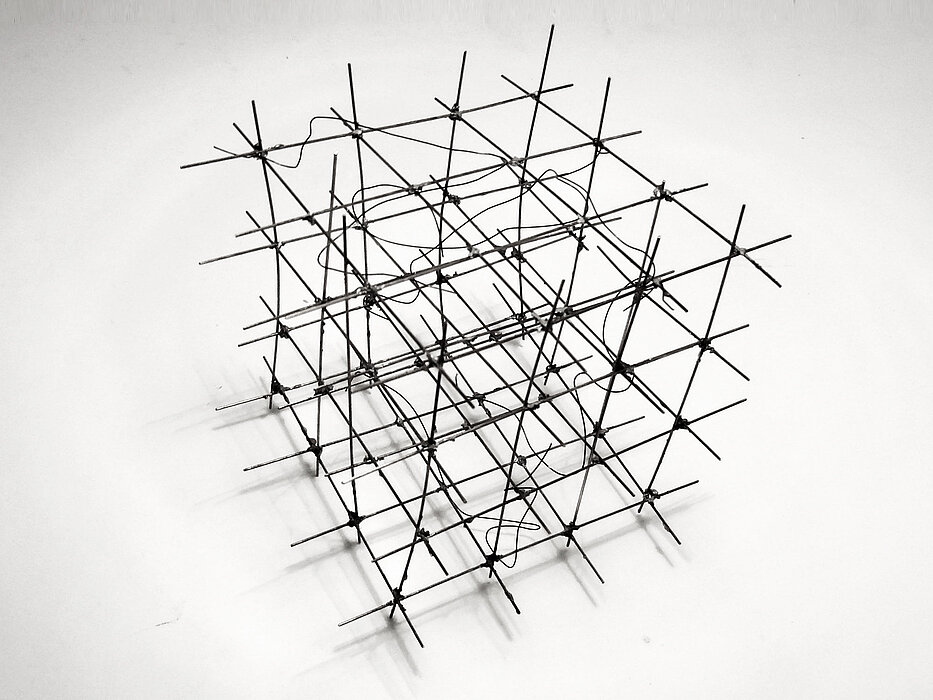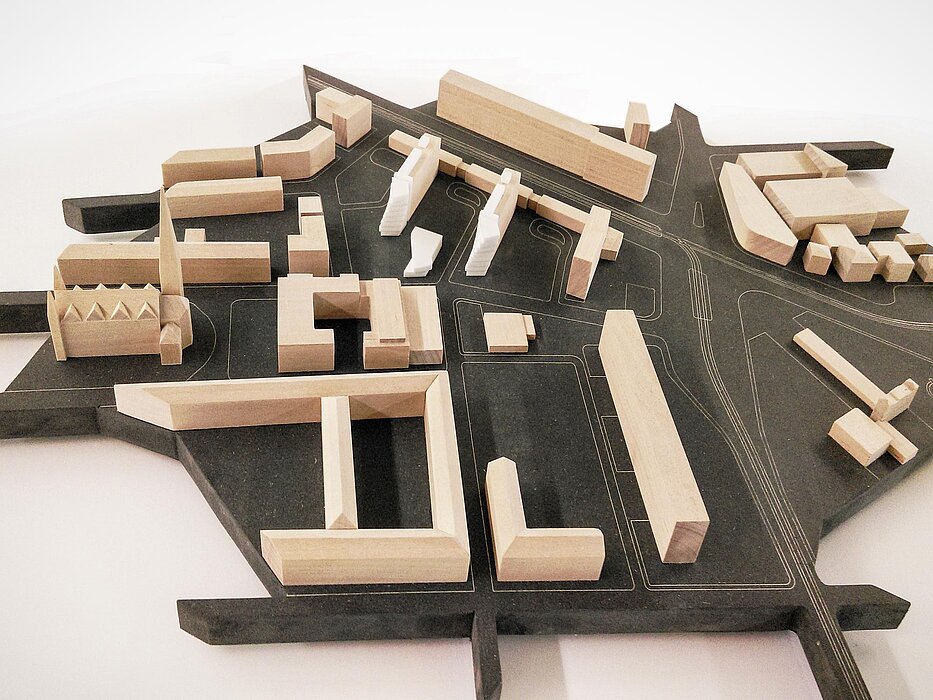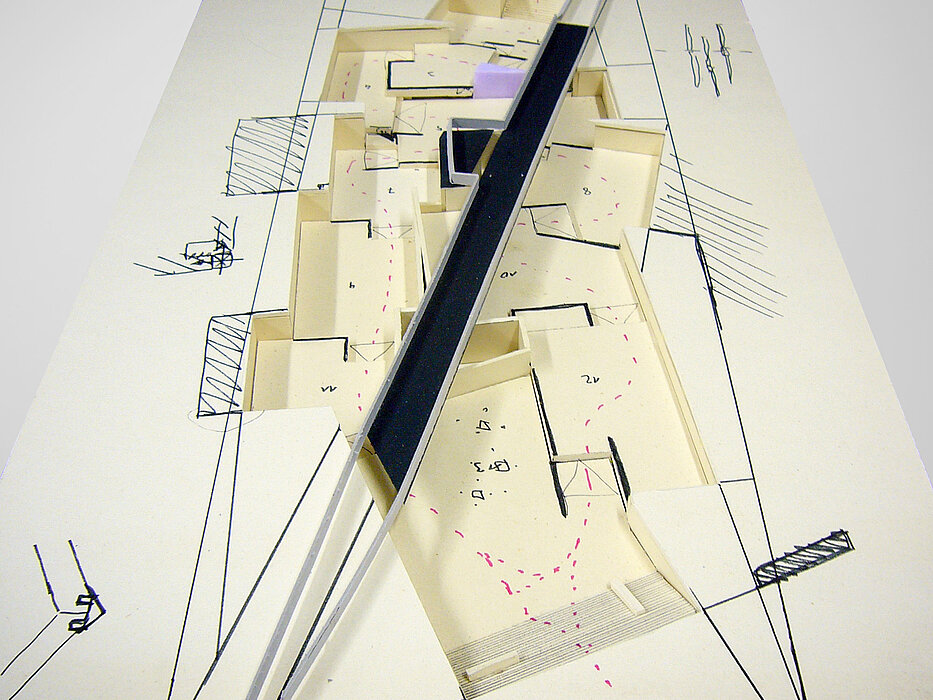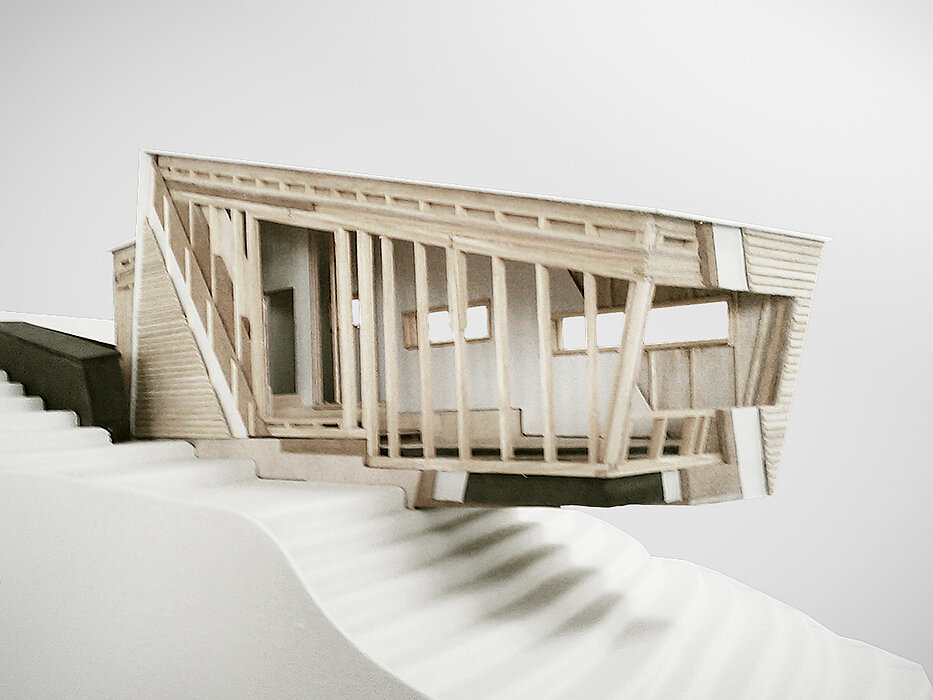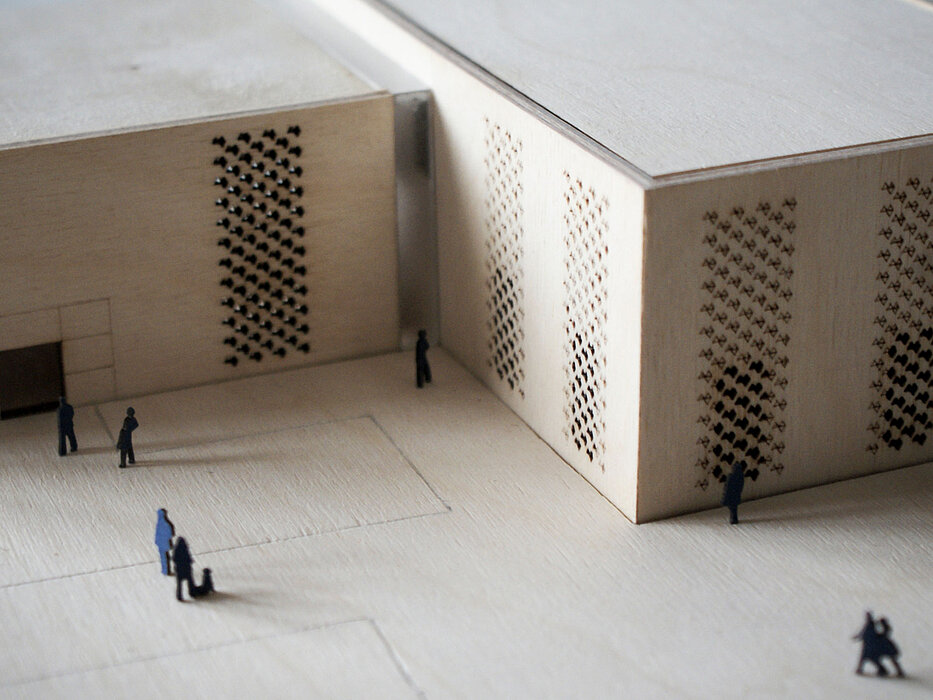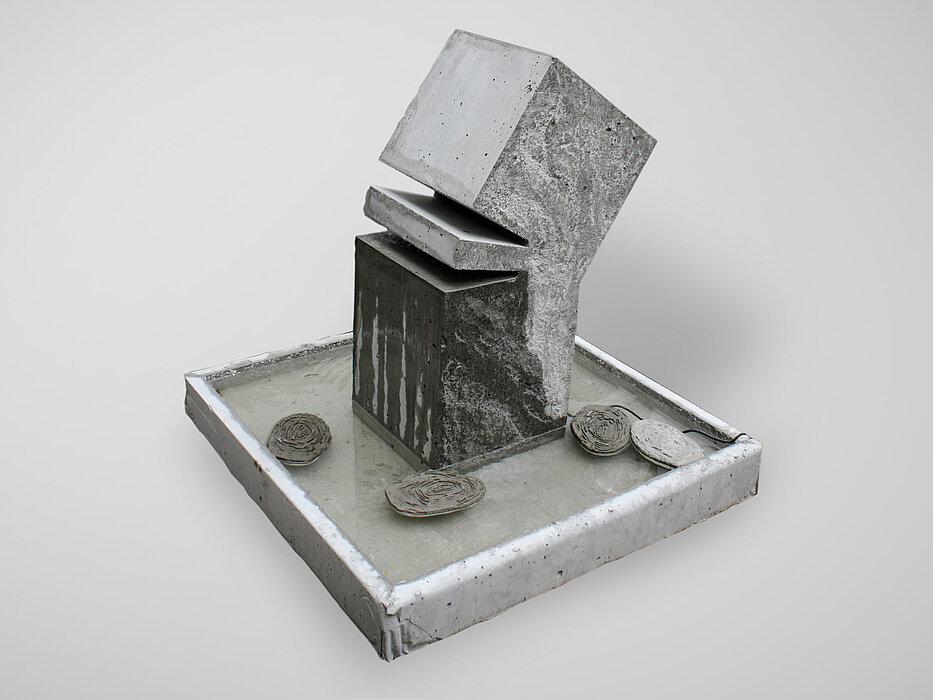There is a wide range of materials and processing methods to choose from in model making. The typical modelling materials are briefly introduced here and their areas of application are presented using different model typologies. Please contact the workshop team with your ideas and considerations, who can provide advice and assistance with implementation. The university does not provide any materials for model making; these must be procured independently.
Typical modelling materials
Papier & Pappe
Pappe und Karton sind wichtige Modellbaumaterialien. Durch die große Vielfalt in Farbe und Stärke können sie in unterschiedlichster Weise in allen Phasen des Modellbaus eingesetzt werden. Sie sind oftmals kostengünstig und leicht mit einfachen Schneidewerkzeugen zu bearbeiten.
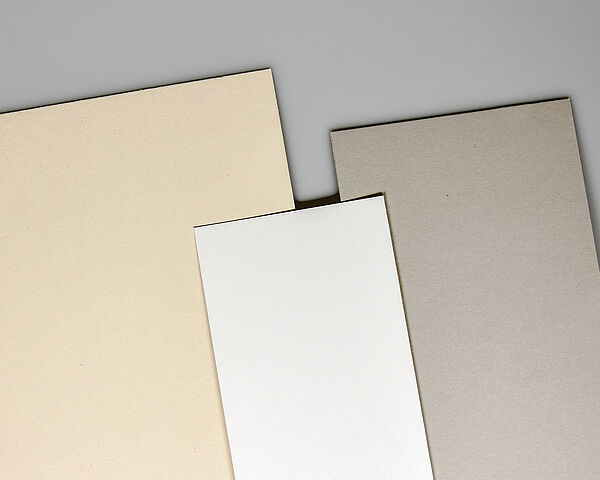
Acryl- & Plexiglas
Diese hochwertigen Kunststoffe werden für die Darstellung von transparenten oder transluzenten Modellkörpern oder Scheiben verwendet. Sie finden meist Anwendung in hochwertigen Präsentationsmodellen. Die Bearbeitung wird in der Regel mit Hilfe von Maschinen getätigt, zudem ist ein größeres Maß an Fachkenntnissen notwendig.
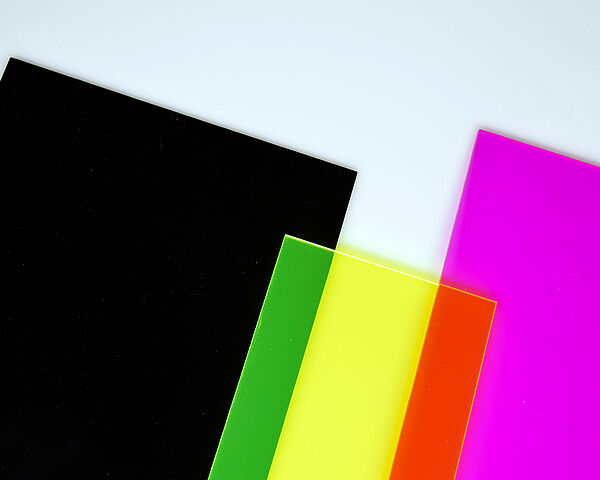
Holz im Modellbau
Holzmodelle werden meist aus weichen, leicht zu bearbeitenden Hölzern gebaut. Hierbei spielen Laubholzarten wie Birne, Kirsche, Ahorn, Birke und Linde eine wichtige Rolle. Durch ihre geringe Maserung entsteht ein homogenes und hochwertiges Erscheinungsbild.
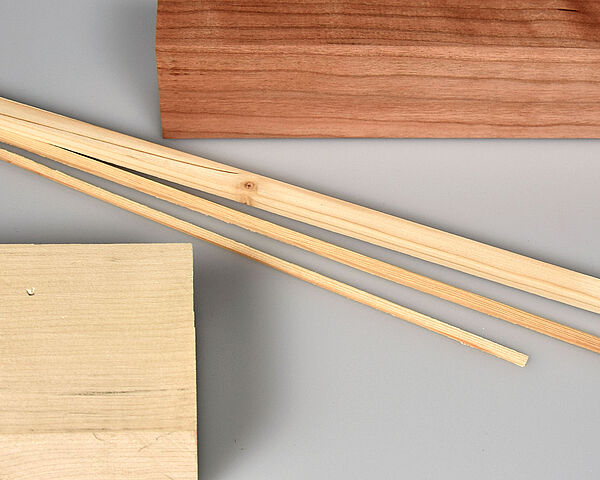
Styrodur
Formbeständige Schaumstoffe, wie Styropor, Styrodur und Styrofoam, lassen sich leicht in ihrer Form verändern und unterstützen damit optimal den Entwurfsprozess. Sie eignen sich sehr gut, um Volumenmodelle herzustellen. Ihre Bearbeitung mit dem Styrocutter ist einfach, präzise und kann leicht erlernt werden.
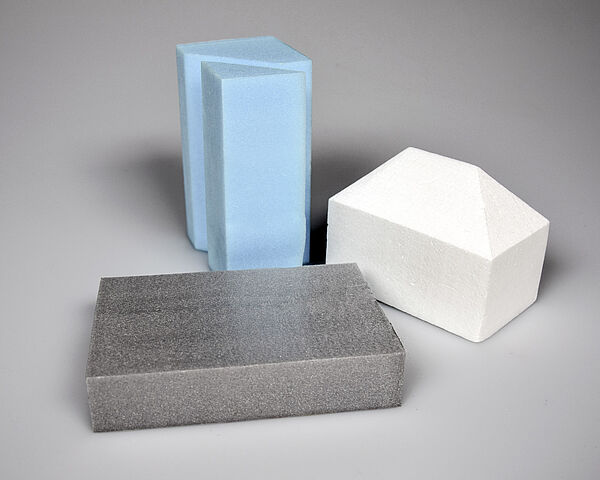
Holz-/Faserplatten
Großformatige Plattenwerkstoffe wie Lagenholz (Sperrholz, Schichtholz und Lagenholzformteile), Tischlerplatten, Spanplatten und Holzfaserplatten besitzen genau vorhersagbare technische Spezifikationen. Zu finden sind die Plattenmaterialien meist als Modellträger oder in größeren Modellen.

Model types
Different types of models are used in architecture depending on the information content and presentation purpose. Various example models are shown below to provide inspiration for your own modelling work.
Idea models
The purpose of this type of model is to illustrate or outline an idea or design approach in an abstract way. The scale of such models is often irrelevant. The model initially provides a rough estimate of the proportions as well as the organisation, texture and structure. Sections and details are not taken into account.
Volume models
This type of model is dimensionally accurate and usually executed on an urban planning scale (1:500, 1:1000). It is often used at the beginning of a design process. The volume or mass model determines the space requirements in all three dimensions. This means that basic questions such as lighting conditions, room layout, path situations etc. can be solved quickly and easily using the model.
Working models
Working models accompany the entire design process. In addition to the introductory idea, form and volume models of the concept phase, a large number of working models are produced. Depending on the design task, such models can be found in all scales. The models can be modified, but are dimensionally stable and are intended to clarify complicated design problems.
Presentation models
This type of model reflects the design result and is therefore unchangeable and representative. They are usually produced at the end of the design planning process. The materials used are usually of high quality and it is necessary to use machine tools. In terms of content, scale-dependent questions from the observer are answered, among other things. Individual design criteria can be reinforced and emphasised through the targeted selection of materials.
Prototypes
They are individual pieces or small series that come very close to the object to be realised in terms of functionality. In architecture, such prototypes are often found in interior design. Here, for example, cupboards, tables or seating furniture are produced according to the design on a scale of 1:1 or 1:2.
